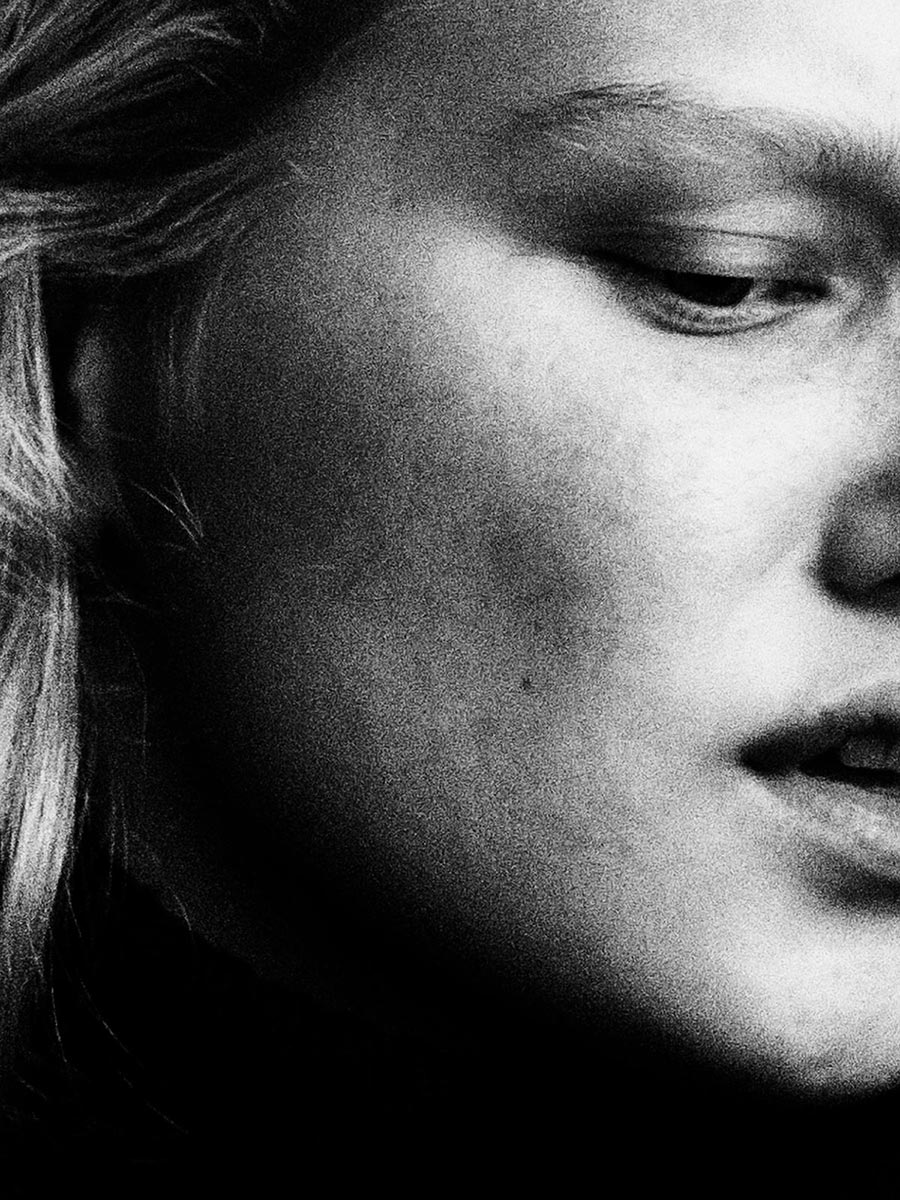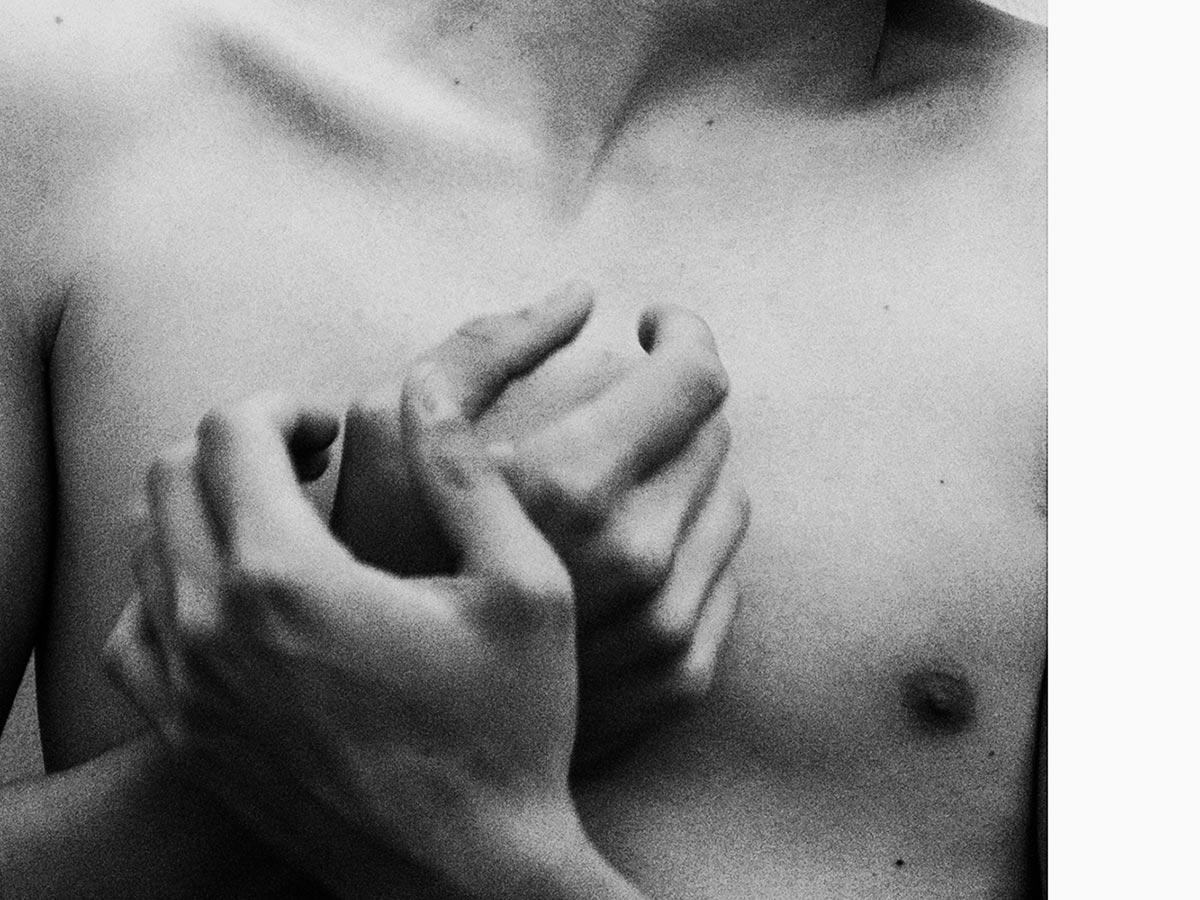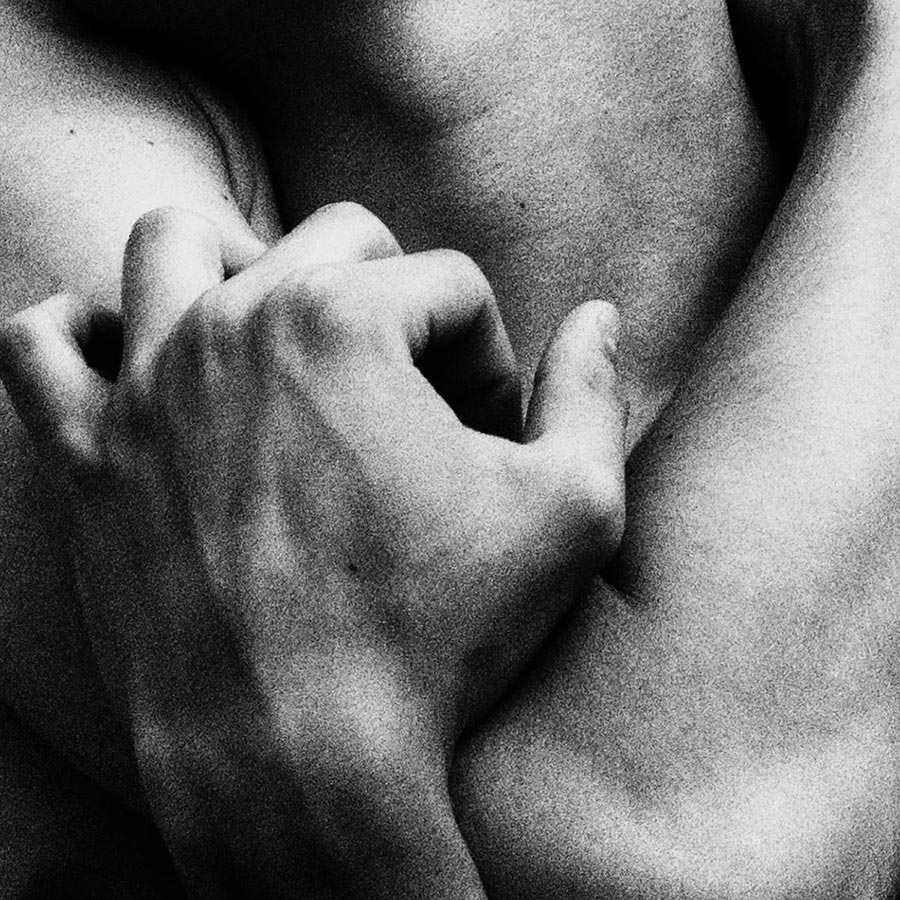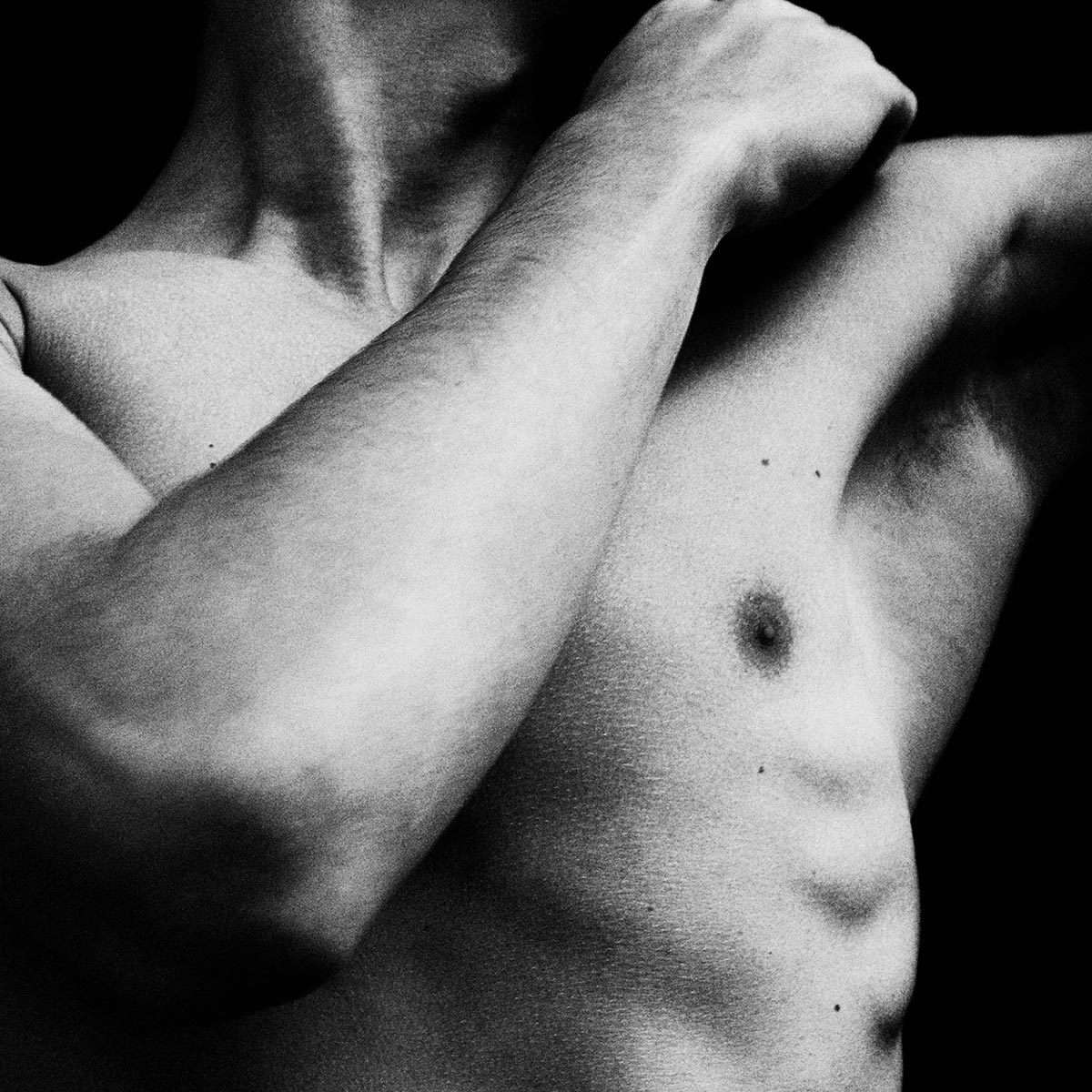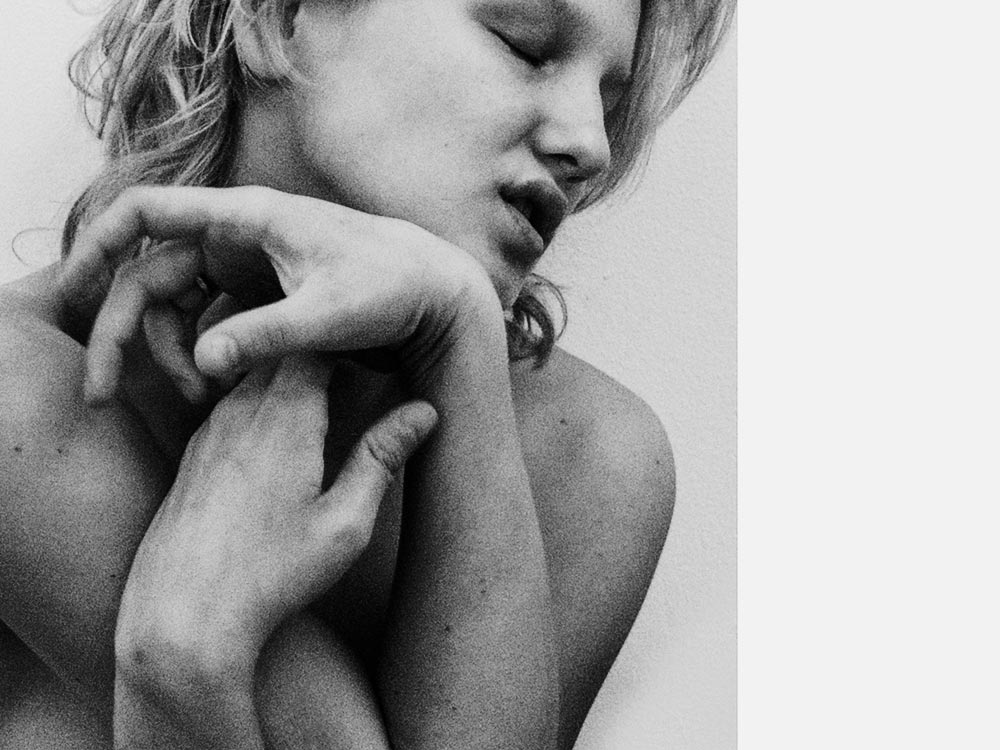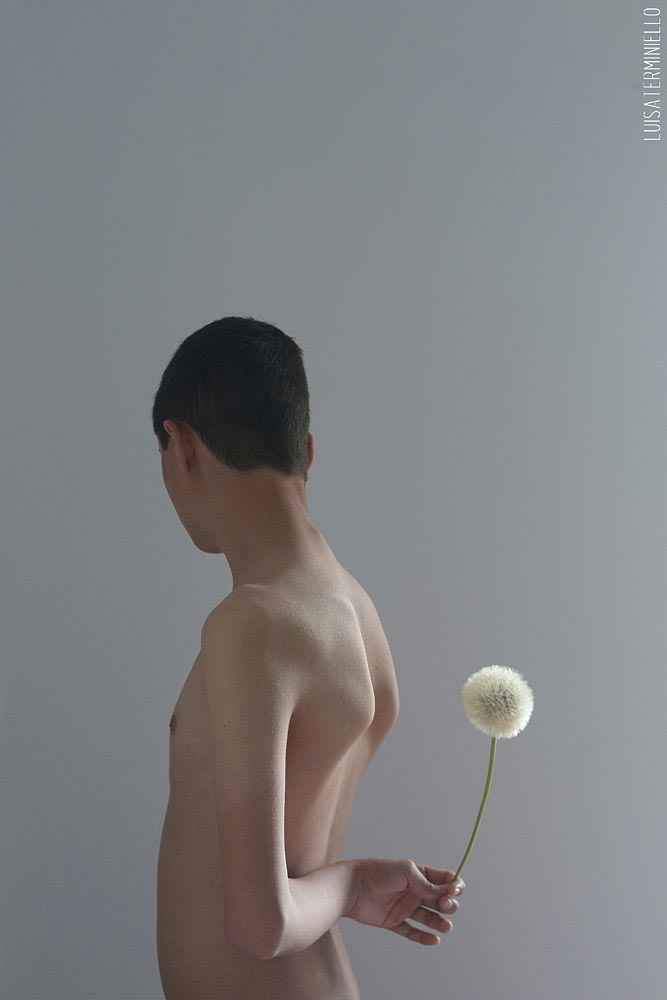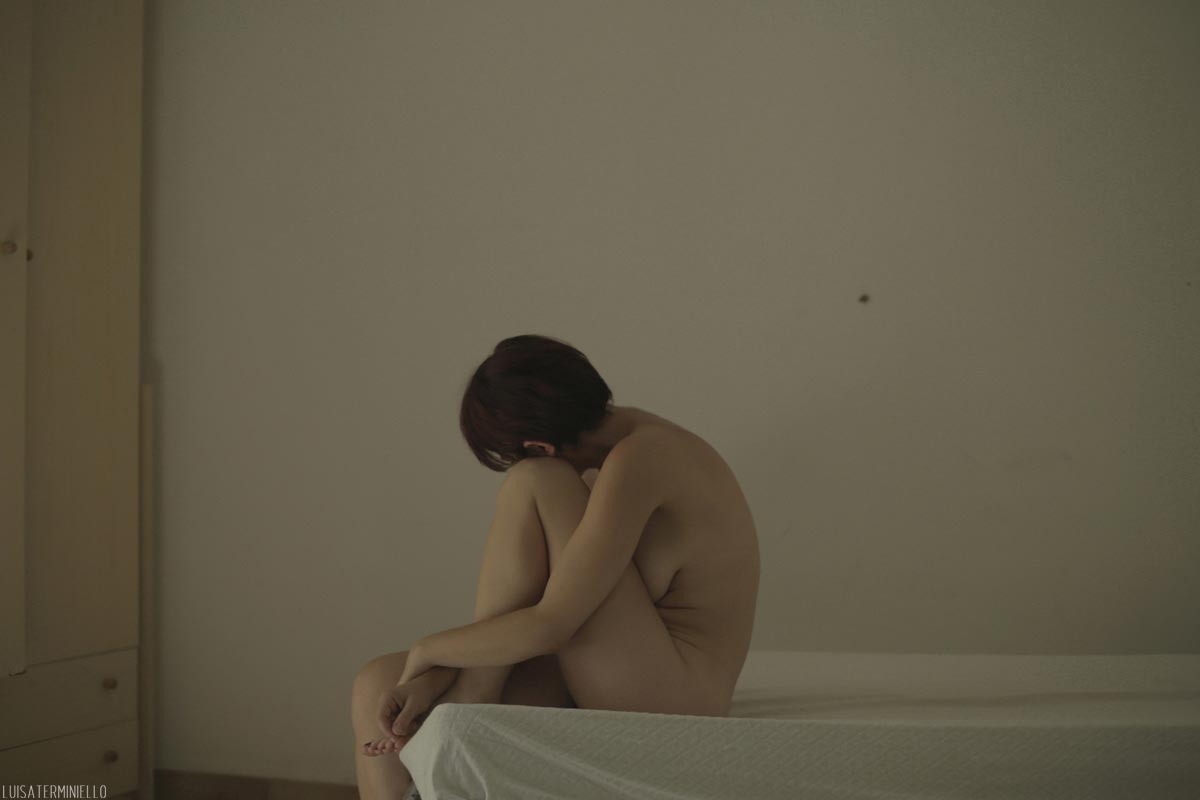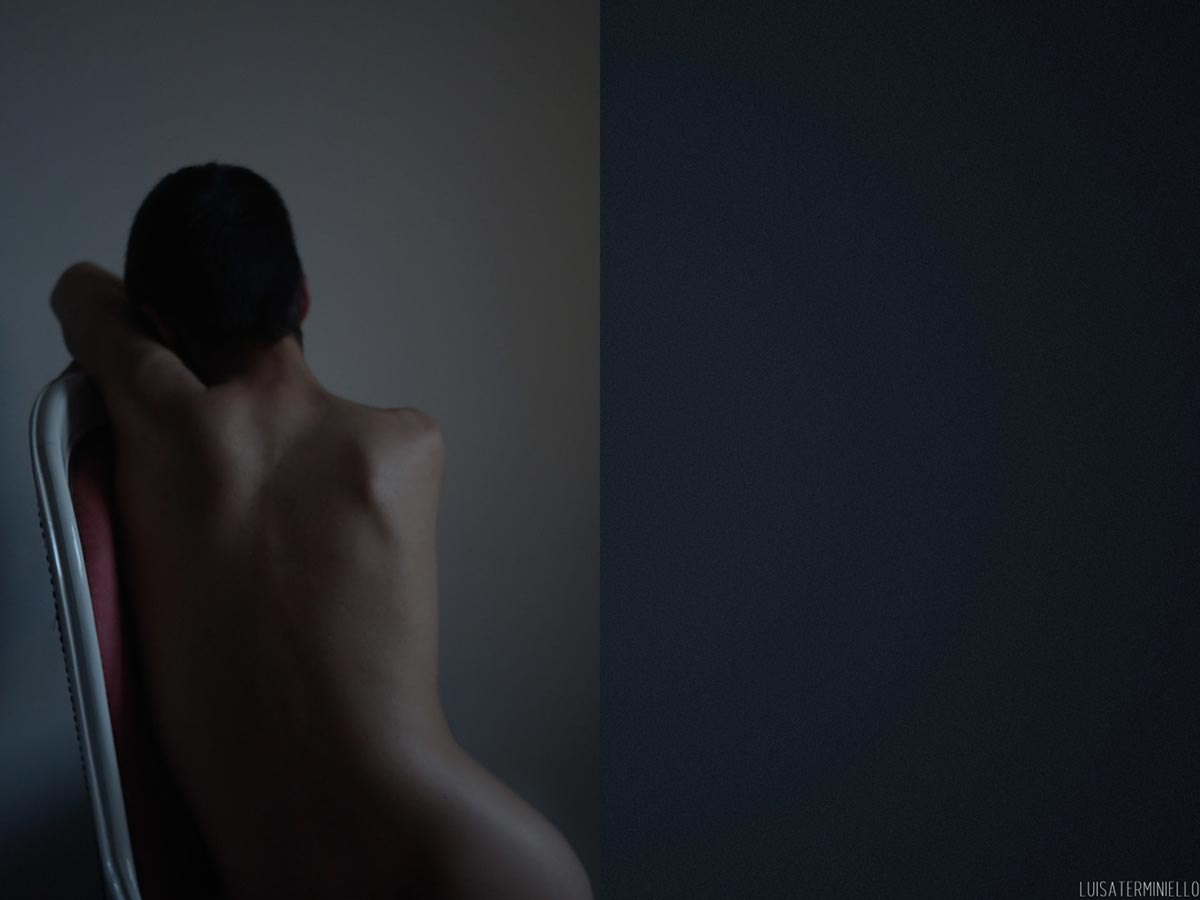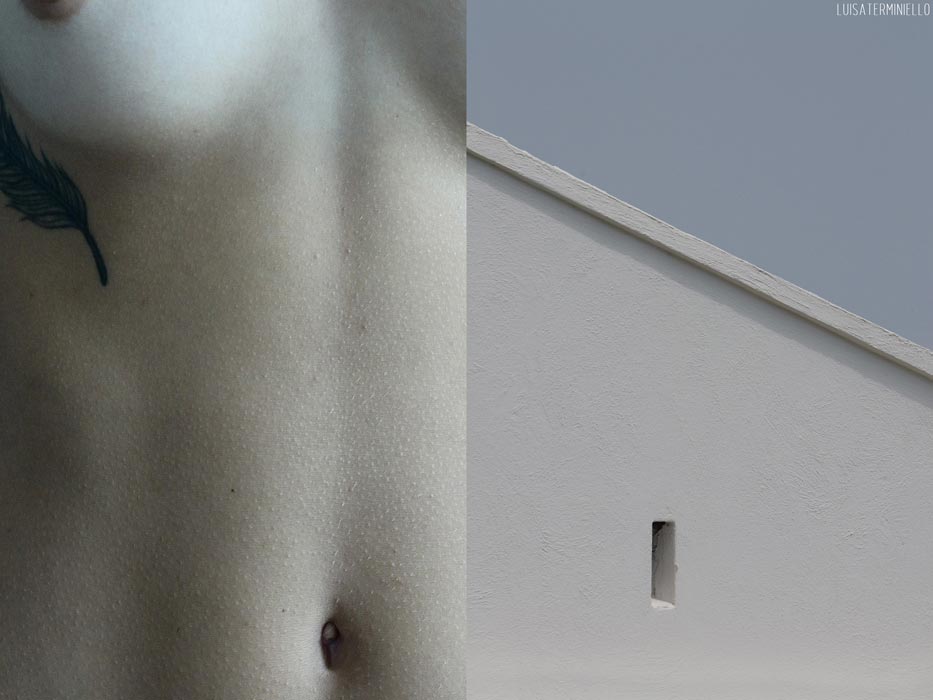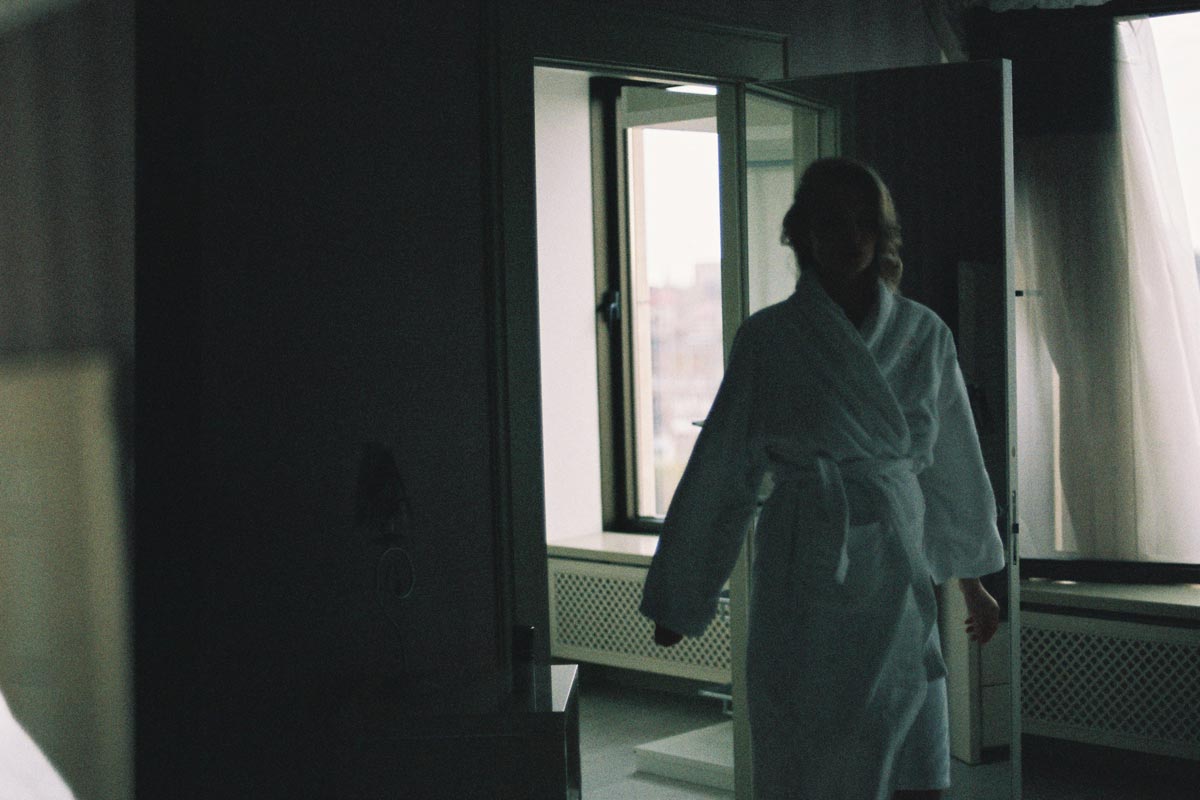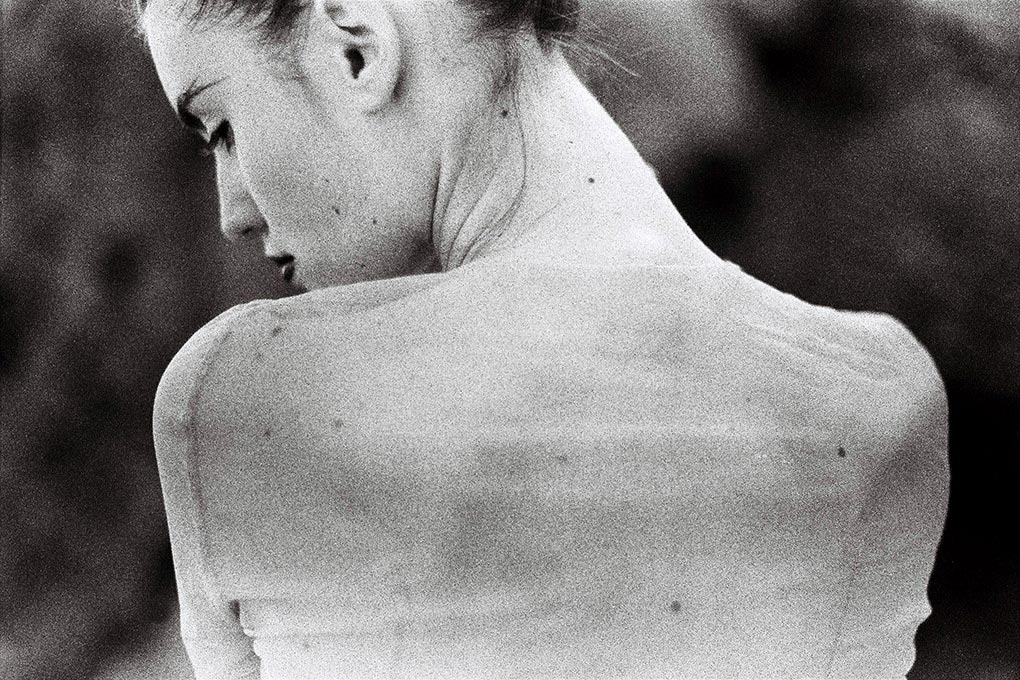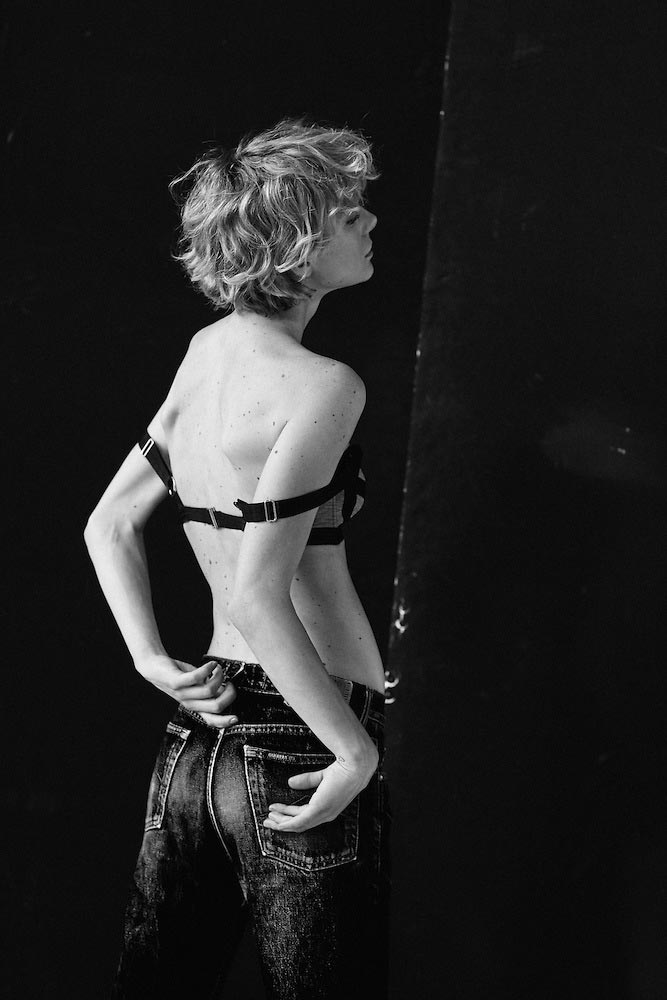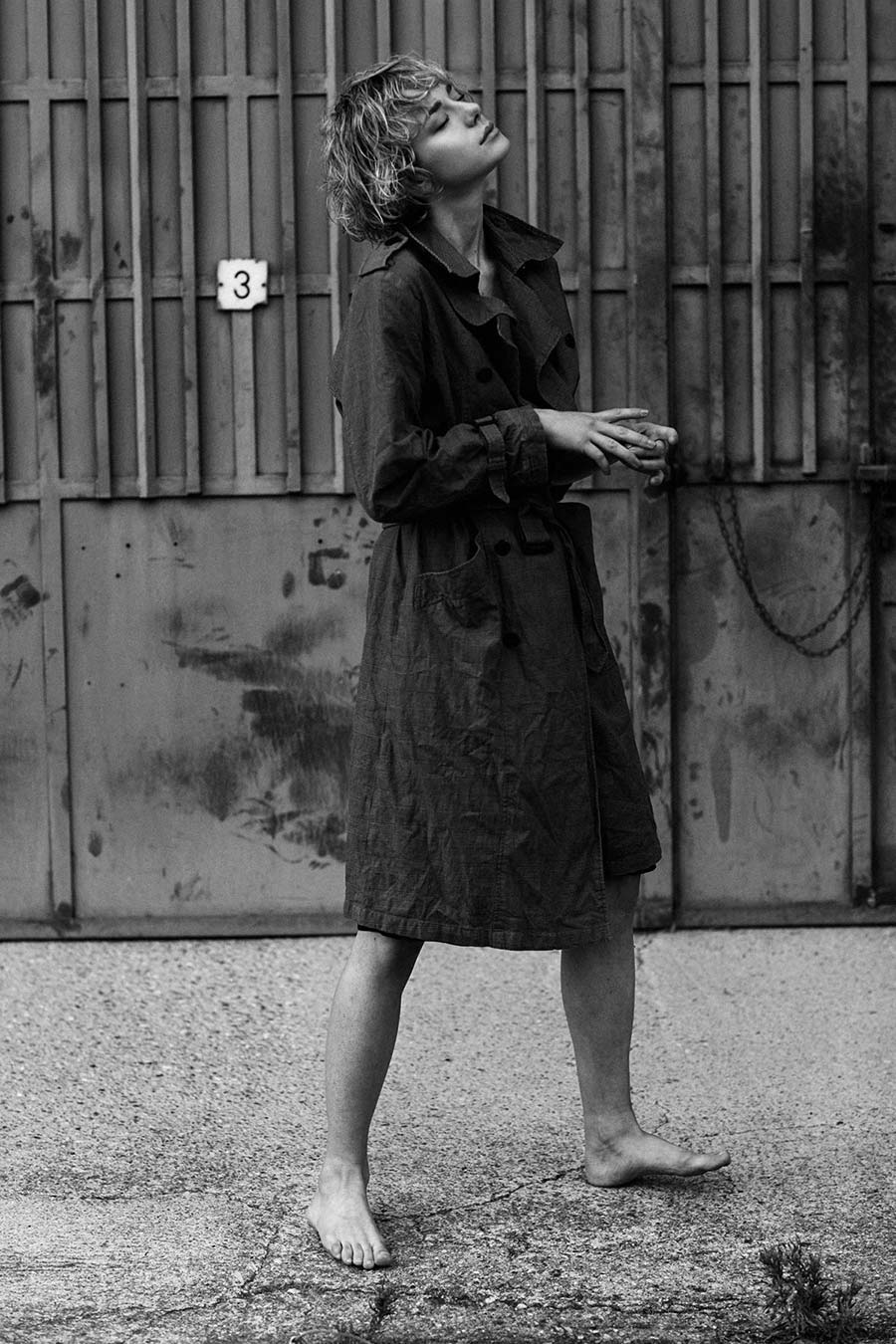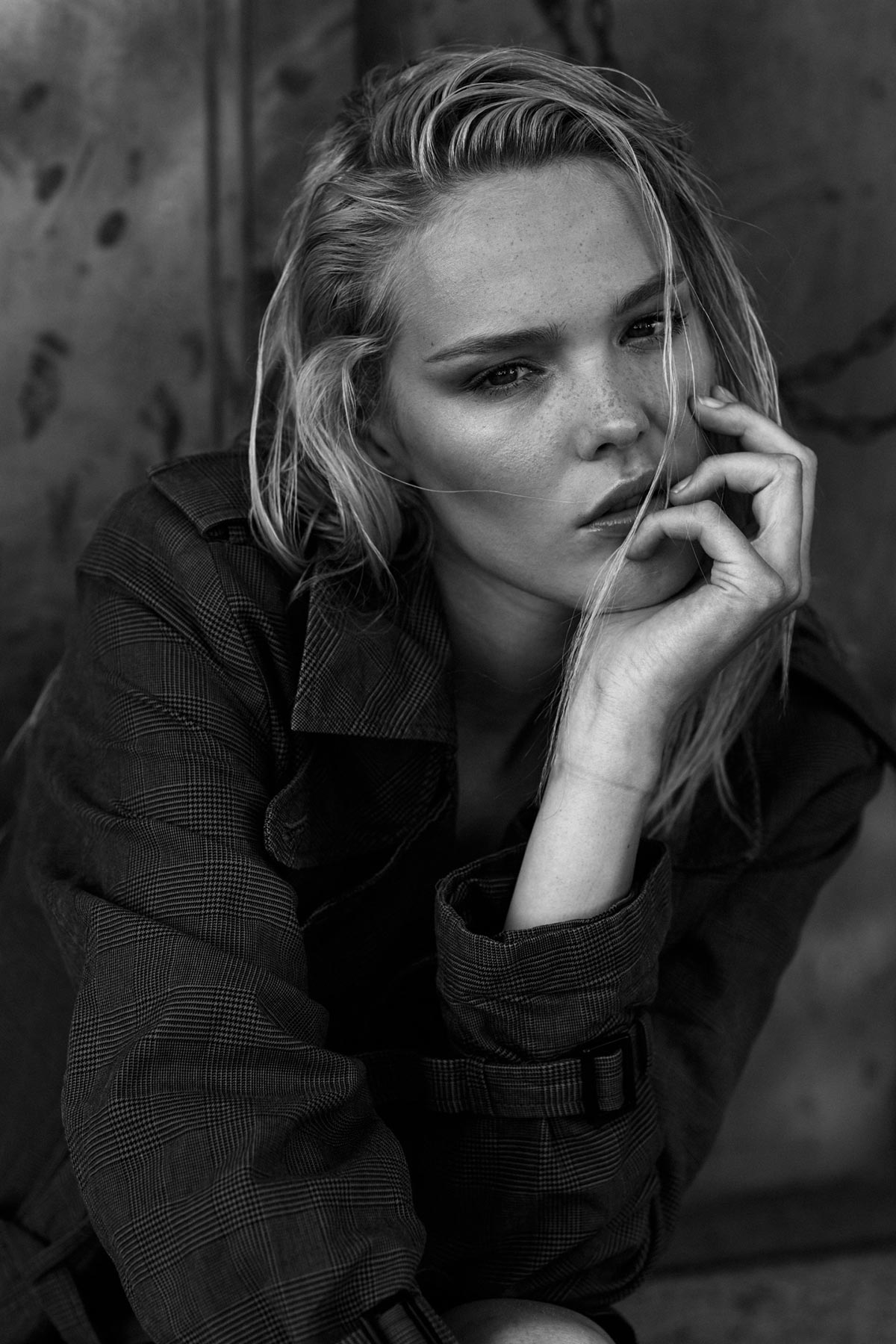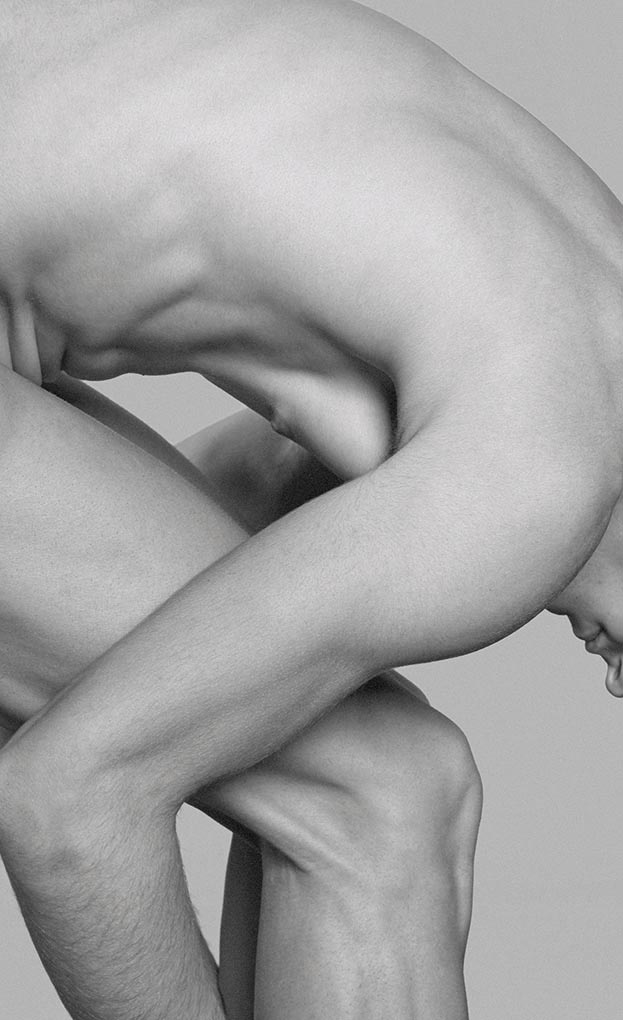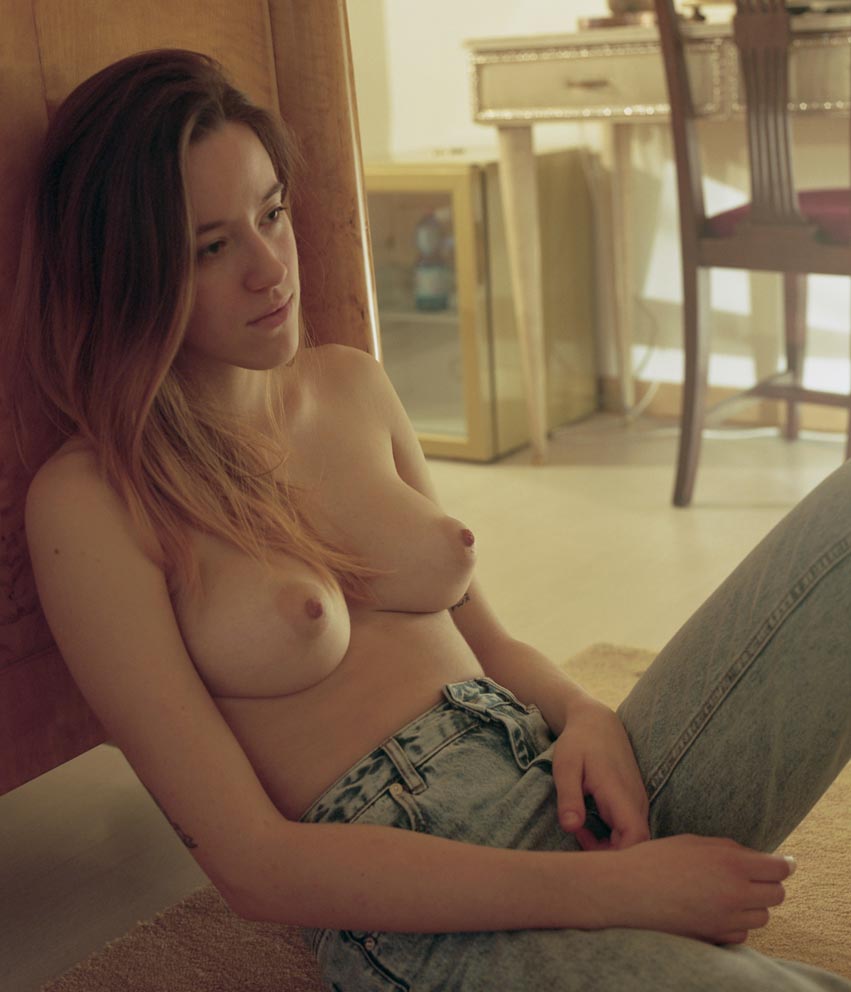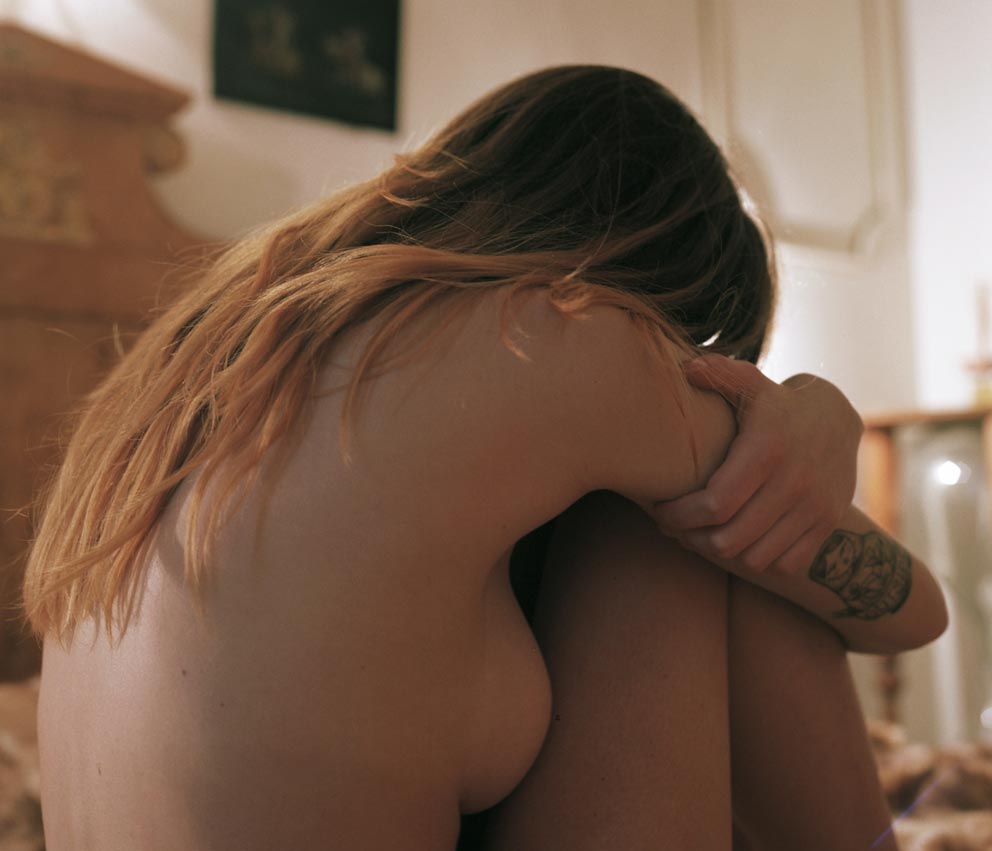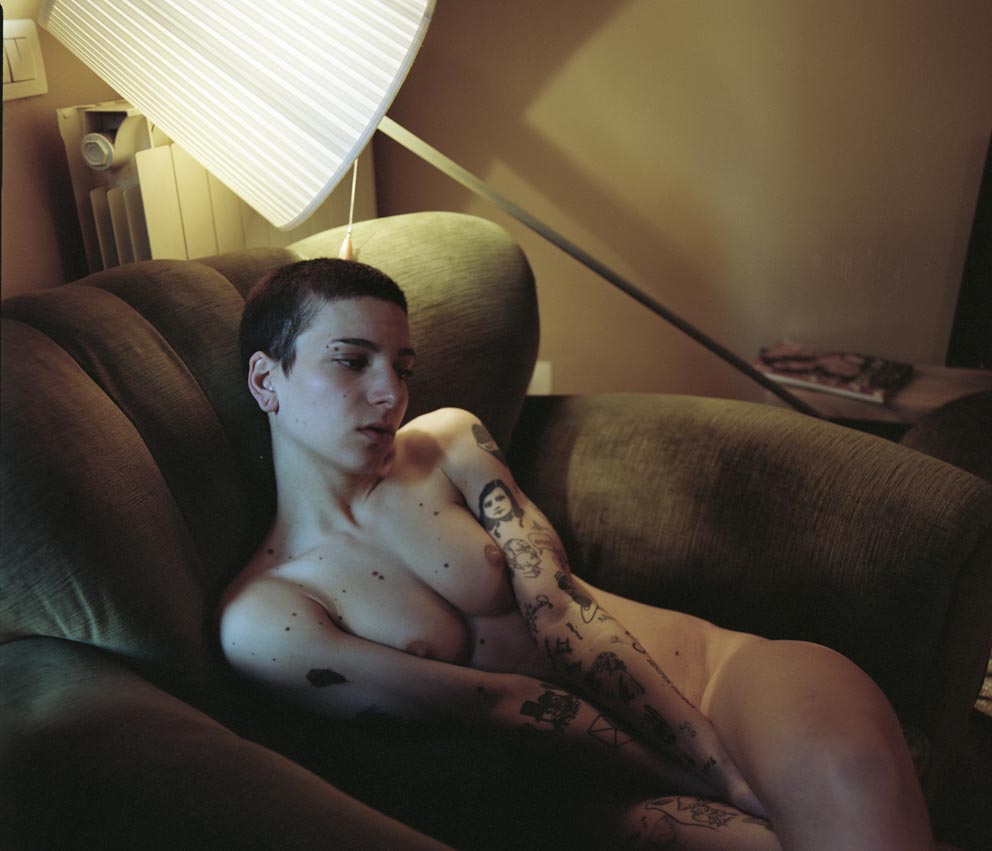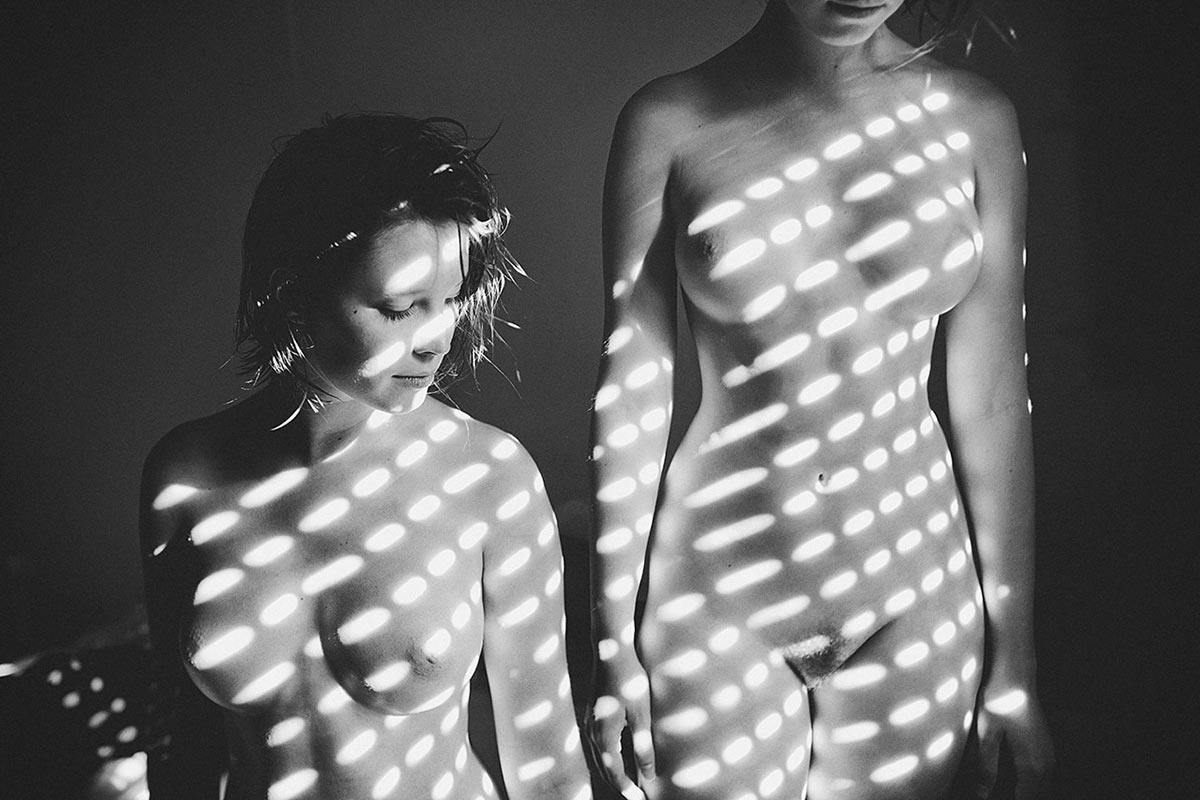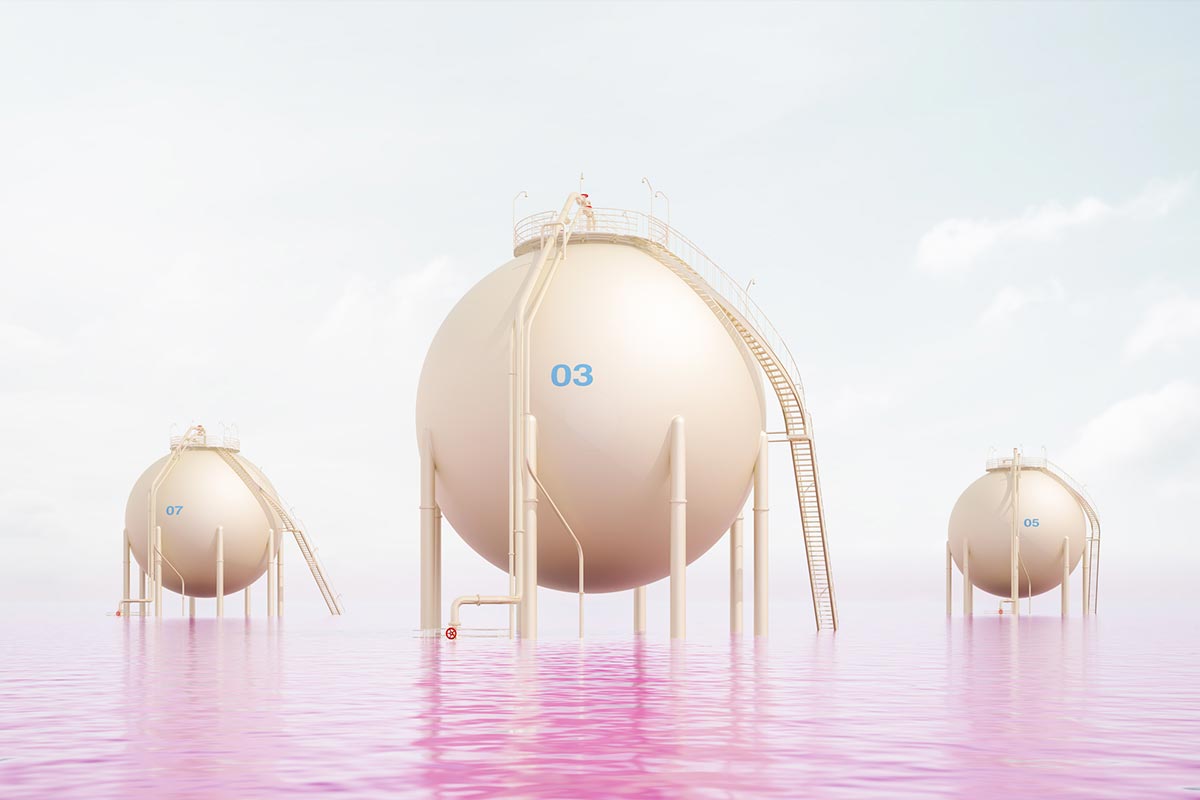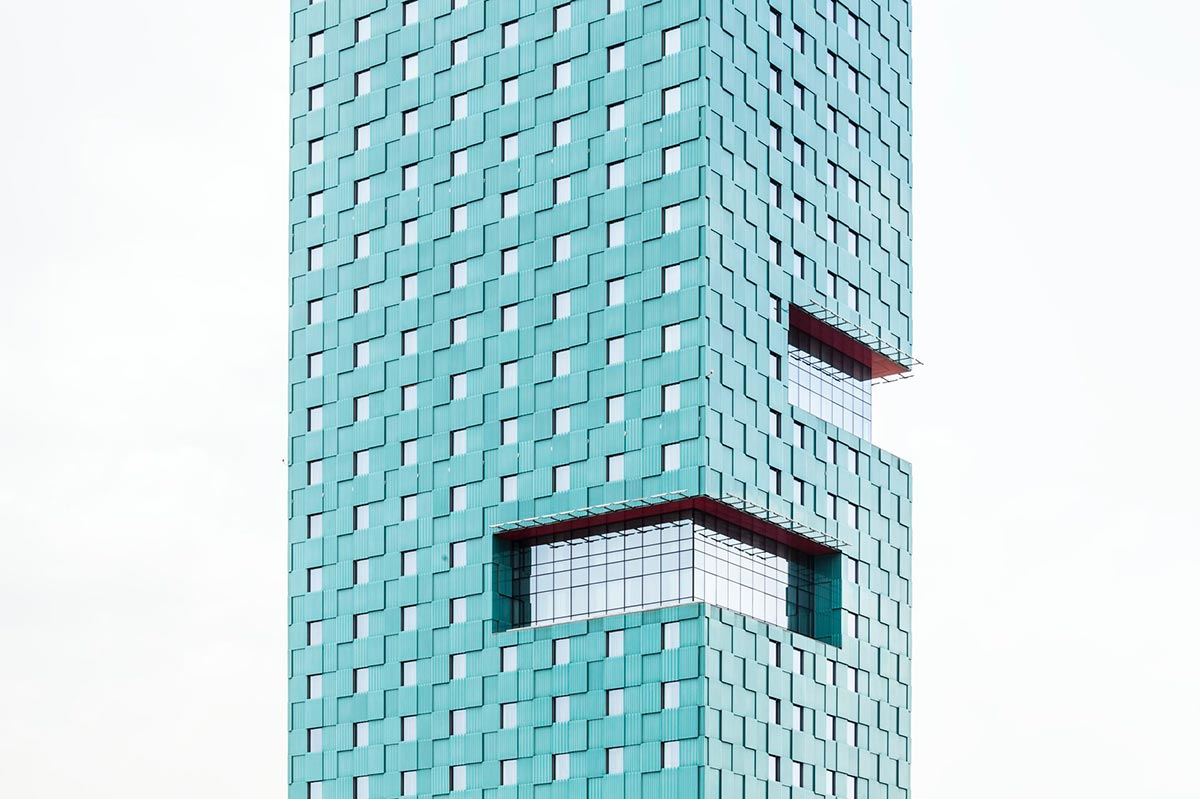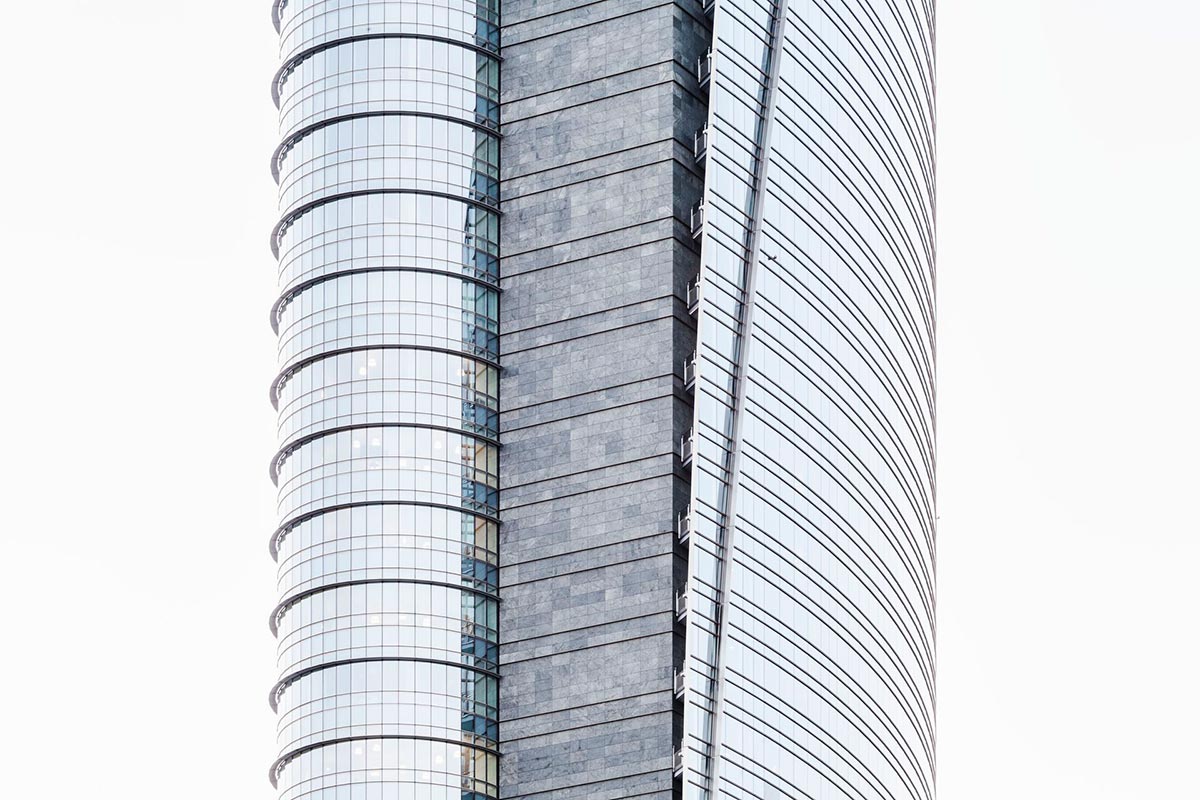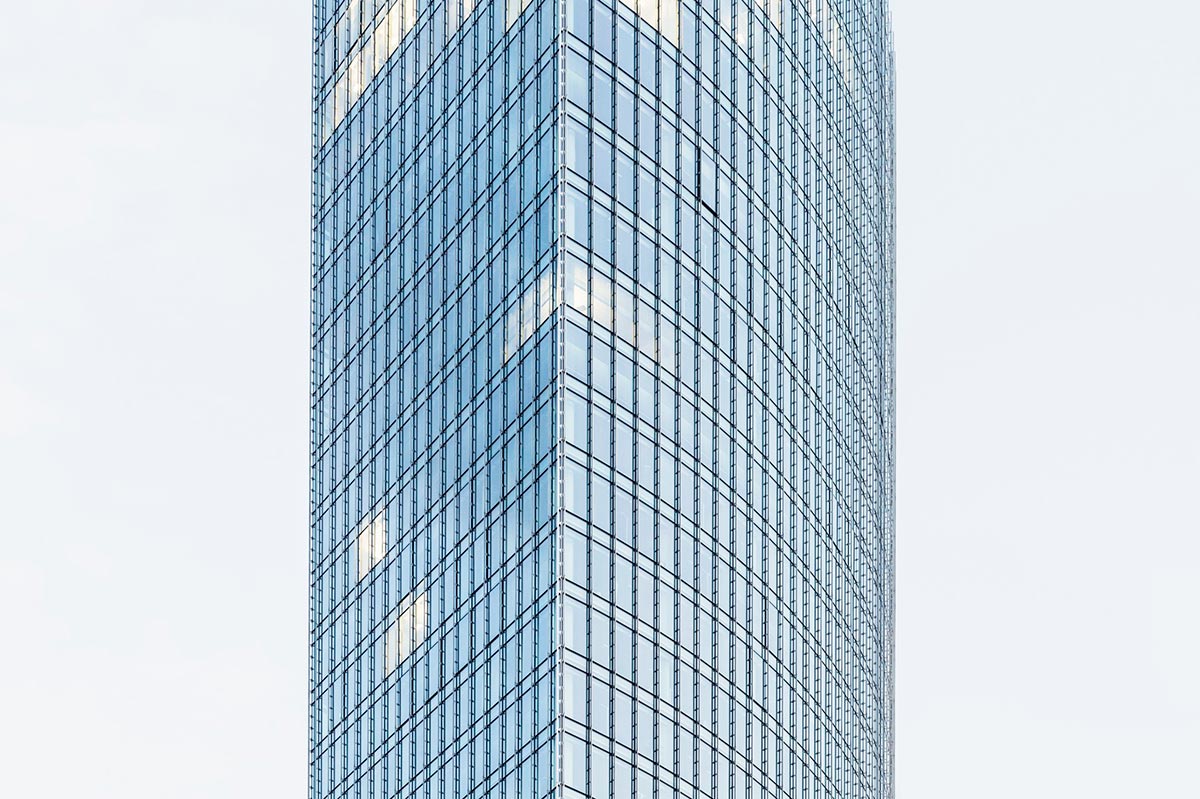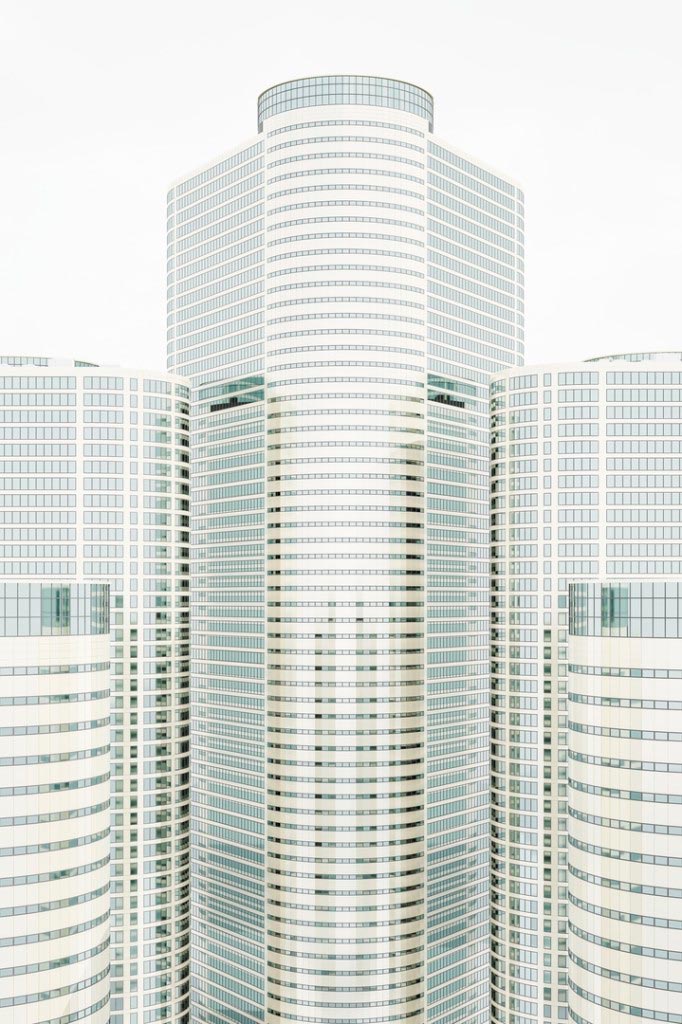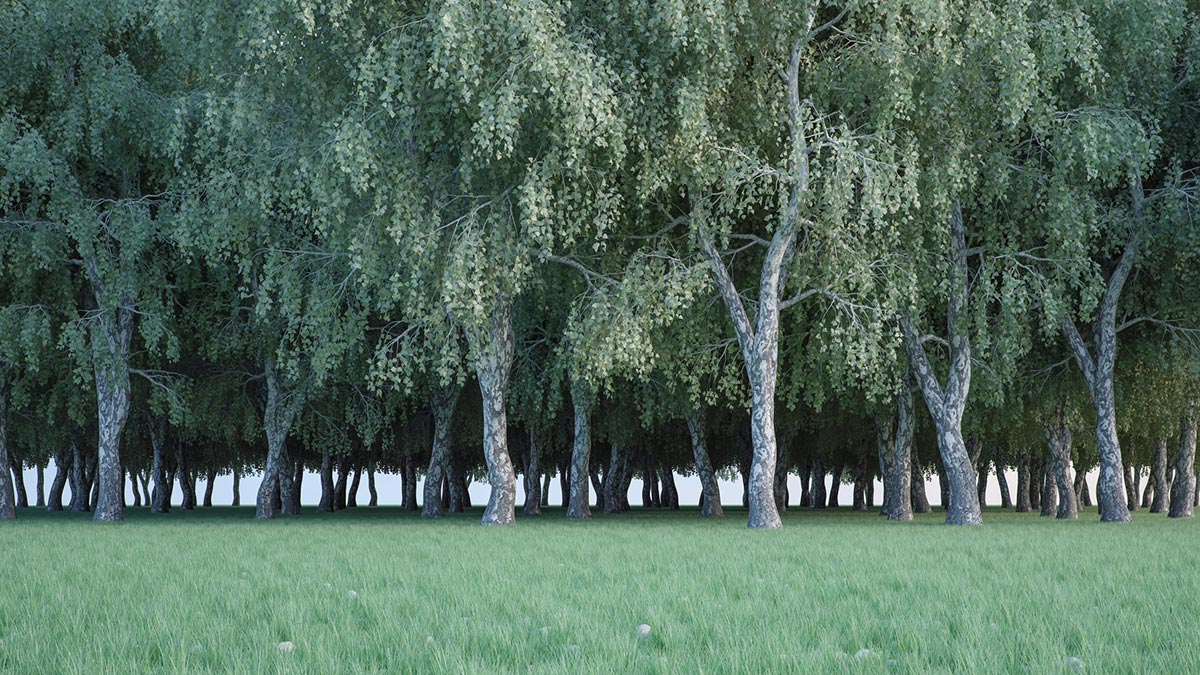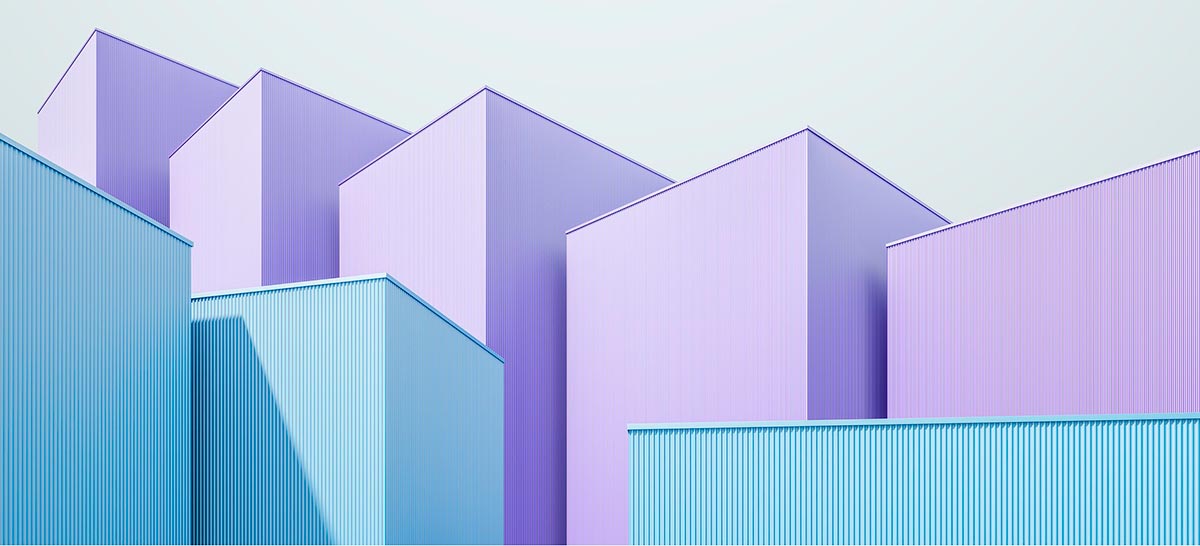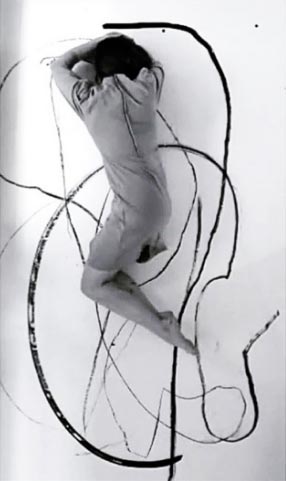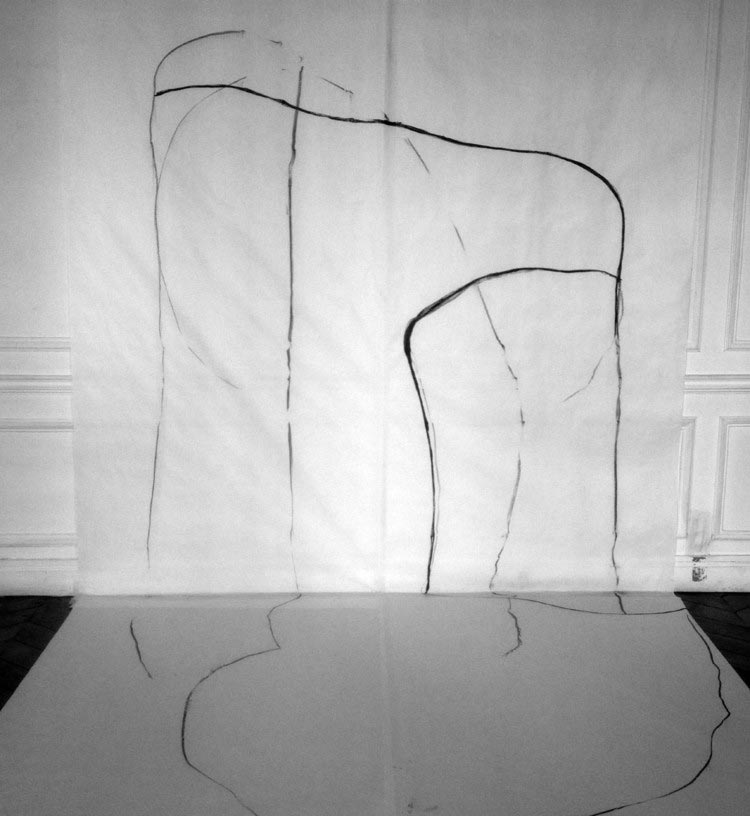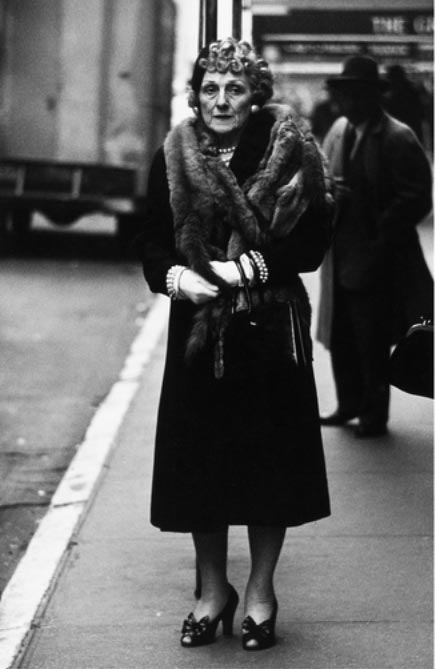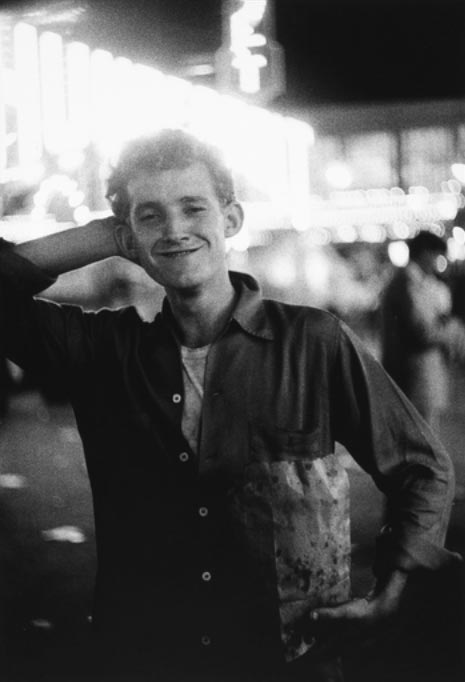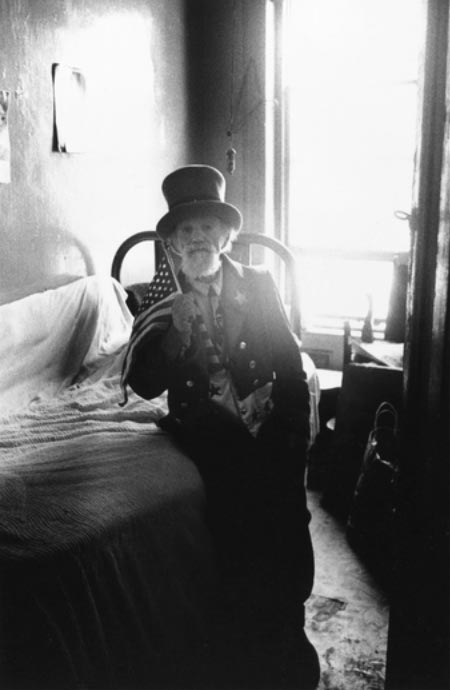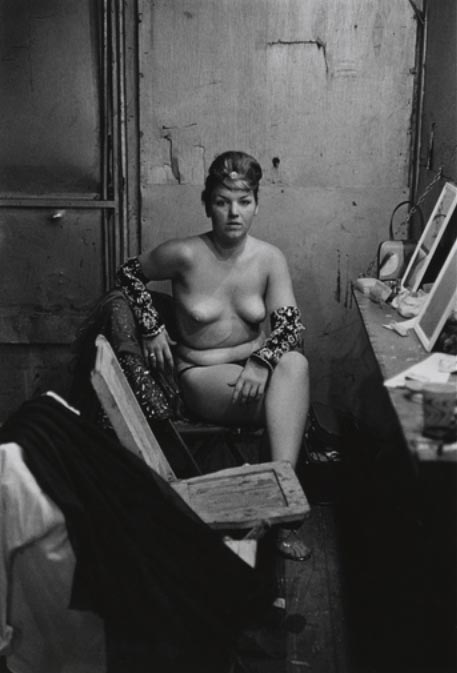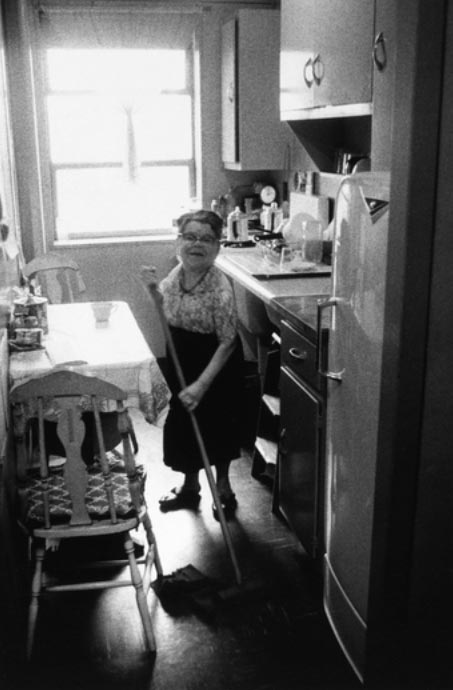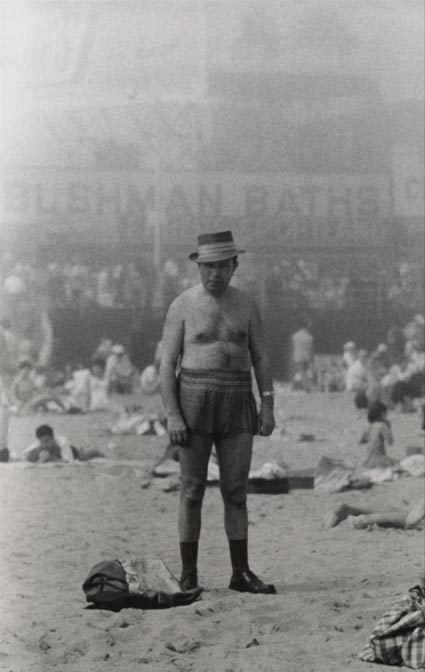Full of stories
Photography by Alla Chiara Luzzitelli.
Alla Chiara is Russian-born photographer who lives in Turin. She grew up in an orphanage in Lipetsk, an industrial city 400 km from Moscow.
Now she is studying and developing photography. Taking self-portraits for her is like a way of growing and understanding herself, that’s why it is so important in her photography.
“My mind is full of stories, full of memories, full of lovers. I’ll look over my story to let people to tell their stories.”
Alla Chiara Luzzitelli / L+D productions




Perfect not perfect
Photography by Luisa Terminiello.
“My work is often based on the search of the single (perfect but not perfect) picture. There are photographs to imagine, they are pills for sick of imagination. They will never be perfect as well as every medicine has its contraindications”.


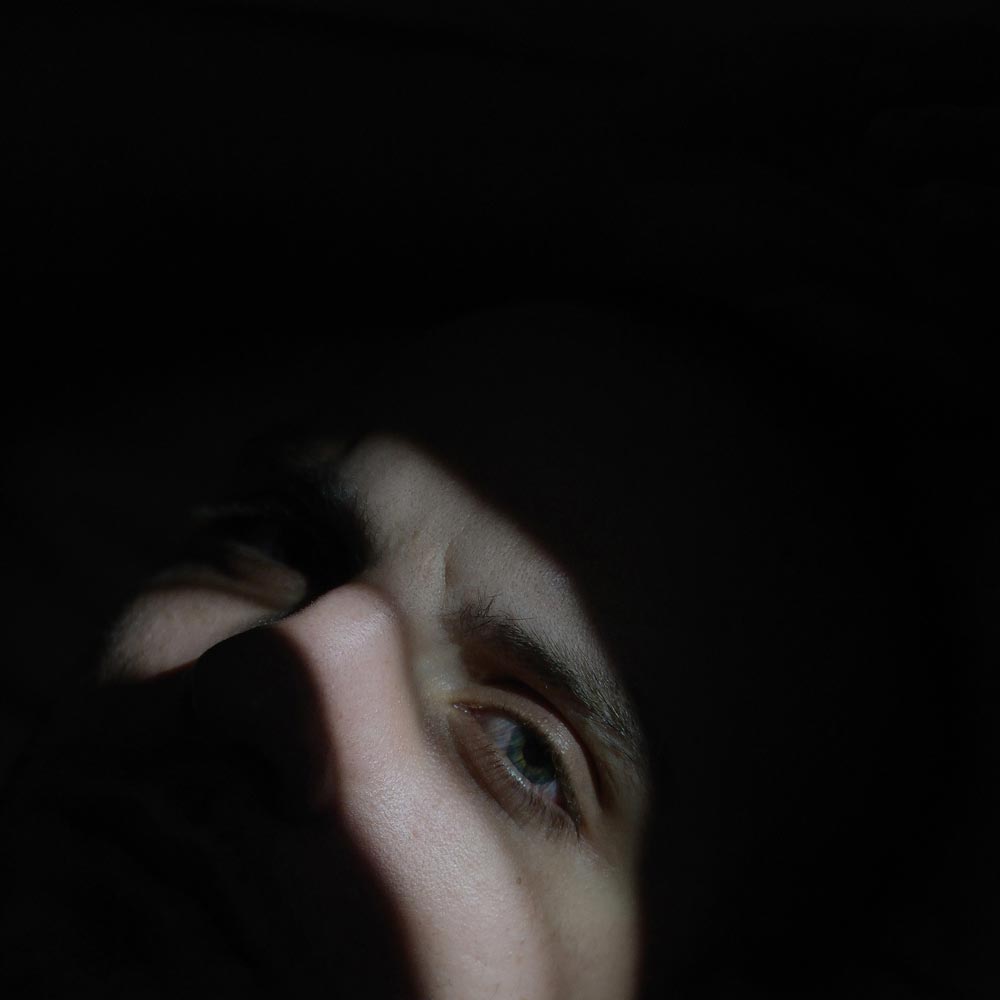
Unbearable lightness of being
Photography by Valeria Lazareva.
Valeria Lazareva is a 32 year old architect, born in Odessa, Ukraine. Thankfully she does not only construct houses in Odessa and Moscow, but also makes amazingly touching and sensitive photographs. She is one of those incredible photographers who, for example, can shoot a wedding without any boring clichés – only clean emotions and soft charm of the film camera.
She is well-known in her motherland, Ukraine, and sister Russia – shooting for Vogue UA, Interview, bunch of Ukrainian designers – and still bringing amazing pictures from her travels all over the world. Now we are glad to show her works to Italian and international viewers.




Kinesis
Photo project by Pietro Fanelli.
Kinesis
noun
1. (biology) the nondirectional movement of an organism or cell in response to a stimulus, the rate of movement being dependent on the strength of the stimulus.
The idea of the project comes from an interest in study of human anatomy, using photographic tools to record and catalog it in details and in complex. The representation of the anatomical figures here does not retain a classical perspective, but almost deconstructed, as in Cubist painting. The main inspiration comes from art works of Cubists, Anton Giulio Bragaglia’s photography, Edward Muybridge and Jules Marey’s chronophotography.
The book of pictures, in conclusion, is a synthesis of all these elements applied to a study of human anatomy. In the end all the individual parts make up the body, but there will always be a mutation, a movement, merging multiple moments and perspectives that will make the image initially alienating and difficult to read.




365 days
Photo project by Fernando Schlaepfer.

Fernando Schlaepfer, a photographer from Rio de Janeiro, was successfully shooting for work – music, travel and lifestyle photography. And, as it regularly happens after long period of commercial work, he was lacking some personal projects. Fernando came up with an idea – every day post a photo on tumblr, made specifically for this projects. The name of the project is “365 nus”, or just “365 days” – and 365 pictures to do.
The project started on 9th of April 2015, Fernando’s birthday – and finished one year later, so there were 2 things to celebrate.
You can see all the pictures with numbers and names of the models on tumblr 365nus.com




Lorenzo Piovella
Architectural landscapes.
Lorenzo Piovella is the Milan-based artist. He is specialized in research about stereotypes relating to man-modified landscapes: the skyscrapers in his pictures look the sci-fi spaceships and even the natural scenery feels a quiet unreal. We have asked Lorenzo a few questions about his work and life and how it’s all connected to the buildings.
Are you working on any project right now?
At the moment I’m working on After New Topographics: Photographs of a Digitally-Altered Landscape. I began developing this project with the aim of synthesizing the different elements that have characterised my artistic research over the last years. It’s an operation that acts as an imagery collector; it is a sort of archive in which a multitude of suggestions related to artificial landscapes merges together.
The title is a clear reference to the famous exhibition held at George Eastman House in Rochester in 1975, curated by William Jenkins and entitled New Topographics: Photographs of a Man-Altered Landscape. I don’t think we need to talk about it, we well know what the consequences have been: on the one side eight American photographers including Robert Adams, Lewis Baltz and Stephen Shore, spokesmen of a way to describe the U.S. environment which continues to exist; on the other side the German Bernd and Hilla Becher, founders of the “Dusseldorf School” who gave birth to authors like Gursky, Ruff, Struth and Hofer who revolutionised the way to conceive contemporary photography. After New Topographics developed into a hybrid dimension where the arid atmosphere typical of the South-western United States merges into the fascination for the industrial infrastructures that characterise German photography.
The photo series actually embraces many more references: from the photos of the series Battleground Point, taken by Richard Misrach in an unprecedented flooded Nevada desert, to the Edward Burtynsky’s shots of Californian oil fields; passing through the rarefied artificial atmospheres of Peter Bialobrzeski’s photo series Lost in Transition, the surreal landscapes that characterize the work of Andrea Galvani and the completely digital landscapes of Orogenesis, one of the most relevant works of Joan Fontcuberta.
After New Topographics does not only draw on photography. Investigation in other media plays a crucial role too. The project has its own post-apocalyptical condition that builds up from the utter dearth that pervades a certain kind of sci-fi. The cross-references to this genre are clear: from movies like Mad Max, Waterworld and Oblivion to videogames like Fallout, Rage and Spec Ops: The Line. Despite different plots and developments they all share a common sense of vastness and emptiness.
The thing that separates the work from this kind of narration is the lack of a destructive process. We are not in front of a crumbling world that is going through some kind of catastrophe. We are faced with a universe where the time seems to be frozen. The represented structures appear spotless as if they have been never used.They’re almost like huge articles from a catalogue. This kind of temporal persistence is emphasised by the surgical use of the lighting that underlines this fake mood.
The project develops in a digital dimension through several visual references to the new aesthetic but, instead of taking inspiration from digital arts, it is inspired by the scale models represented by the shots of photographers like Thomas Demand and John Casebere. As in their works the fictitious nature of the environments is made clear, there is no attempt to hide fiction. However, it represents a useful tool to interpret the world we live in.
The project develops as a kind of collage where numerous references to the representation of man-altered landscape that have entered the collective imagination coexist. The represented landscapes are suspended in a multidimensional ecosystem to such an extent that it reveals itself through a complex mash-up of trends and phenomenology.


Did you grow up in a city or in the countryside? And what was your brightest memoir of your childhood?
I grew up in a small town playing football in the courtyards, exploring abandoned attics and riding the bike along dirty tracks through endless corn fields and yet my childhood was not always so bucolic. In fact Turate, the village where I grew up, is geographically placed in the middle of a triangle whose vertices are Milan, Como and Varese respectively.. These urban areas are spreading so much that they are merging into a micro-sprawl where the smaller villages act as a sort of residential suburbs. These micro-realities are connected to bigger urban centres through a hypertrophic web of rail and road infrastructure. Let’s imagine limitless state highways surrounded for kilometres by showrooms, factories, fast-foods, shops, petrol stations, car washes and malls: if this is not a kind of urbanity, I can’t think of any other definition for that.
My childhood was also marked by a close relationship with Milan. In fact my relatives used to live in Gratosoglio, a working -class district located in the southern area of the city. It is a sort of peninsula that is developing around Via dei Missaglia and surrounded by the countryside. It’s a place that offers a clear view of the outskirts of the city. The different building typologies that characterise Milan coexist in the same realitying. Improbable pastel colour painted flat blocks alternate with those covered by ordinary brown reflecting klinker. Here and there grows up an office building coated with mirror glasses that contribute to creating a threatening atmosphere. The whole scenery is dominated by six stately white towers designed by the architecture firm BBPR between the ‘60s and the ‘70s, maybe one of the ugliest attempt to propose a new kind of architecture.
This scenery, rich of Orwellian atmosphere, represents my first contact with the urban dimension, maybe a dystopian vision but full of charm and extremely vivid in my memory.

Which is your favourite building or landscape?
I feel attracted by any place where the human intervention has strongly modified the natural environment. There is something of extremely powerful in the way the man is trying to bend nature. It’s like a hyper evolved survival instinct that pushes mankind towards its ephemeral existence of building artefacts that become the icon of its need for immortality.
If you could do anywhere you want right now – where would you?
Right now? In a petrochemical plant.
Caroline Denervaud
Research through intrinsic movement and forms.
Caroline Denervaud is coming from Lausanne and based in Paris. She calls her work “a research”, as soon as she works with the mixed media – paintings, video, embroidery, photography. She combines all of them and uses each separately. Her videos of the process of drawing are also art: body and movement together create the next level of work. Caroline collaborates with magazines and artists – for example, with the photographer Pascaline Dargant they’ve created The Heidies – serie of photographs of Caroline’s choreography.
Special for c.a.p.74024 Caroline Denervaud created a video that you can see below.
When did you start to make the dynamic images? How did you come up with this idea – using performance as the part of the final image?
A bit more than one year ago. A friend told me to do videos, because he taught I would be exited to do something I never did before. I started filming myself only moving. One day I did a shooting for the Heidies (the duet I form with my friend the photographer Pascaline Dargant) I was dancing with charcoal on the floor and walls… it was a revelation! The result of the movement-drawing piece is quite pure, I enjoy placing my body into the drawing to be part of it.
Your works are very body-concentrated. What does the body mean for you? You’re picturing yourself, someone else or just a body as abstract form?
My body is the envelop I have to live in… But I know it quite well and what I prefer about this body is its expression. Through it I can express myself the most sincerely. So it’s about what goes out my body but I also play with shapes, contrasts, lines and curves… in an abstract way.
What is your favorite part of the human body?
The eyes, feet, hands, backs, hair… But all bodies have these particular expression in moving or being still, that’s fascinating!
Is there anything that you wanted to draw for a long time but could not? For any reason.
I want to do a sculpture about turning circles in space but this is impossible to realize! Otherwise no, because I never think about what I will draw, it happens.
Do you feel free enough during the collaborations or working for a client? Or it’s “just for money” kind of situation?
I don’t feel free and it’s hard to work with/for someone else… but sometimes you just have to and it’s okay.
Can you share a secret?
I use to precise how small I am.
Text: Irene Belous




Diane Arbus
Photographs of the eccentrics.
Forty-five years after the death of Diane Arbus, perhaps the most controversial among the American photographs of the twentieth century, broke out a sort of Arbus mania in the United States. Thanks to the recent publication of the biography, and especially an exhibition that the new Met Breuer dedicated to the artist with works that have never seen before.
Amy and Doon, daughters and heirs of the immense heritage of Arbus, a few years ago have donated the archive of the photographer to Metropolitan Museum.
Only recently the staff of the Met, which has established a true Diane Arbus Archive, has realized the immensity of that heritage. An unspeakable amount of films (about 7,500), hundreds of meters of negatives never watched, and also diaries, letters, unpublished documents that will be available to be seen by anyone in a few years. For decades, the daughters have been revealing some pieces for each event that was dedicated to the memory of their mother. They have not authorized any biography and were taking care for not to disseminate photographs anyhow except for the exhibitions or monographic books. The first, Amy, is a famous street photographer and teacher at the International Center of Photography. The second, Doon, after it has been for years the personal assistant of Richard Avedon, today dedicates her heart and soul to the real estate of the mother.
Diane, pronounced dì-an, not dà-ian – photographer insisted that the name was said correctly – was the first to photograph the so-called eccentrics. Transvestites, nudists, jugglers, people suffering from mental and physical problems, prostitutes, giants and dwarfs. Anyone who had a bit of eccentricity became a subject to be immortalized in her bizarre photo album. But it was, first of all, herself, a complex personality, almost impossible to decipher.
“Everything that happened seemed mysterious, decisive and unimaginable, naturally not for her. And this happens only to a genius”, once said Richard Avedon, a close friend of the photographer as well as Stanley Kubrick, that was inspired by her for the creepy twins in his famous “Shining”. Patti Smith in “Just Kids” wrote Diane was always around the Chelsea Hotel constantly looking for the subjects to photograph with a restless expression, like if the endl of the world was very close by.
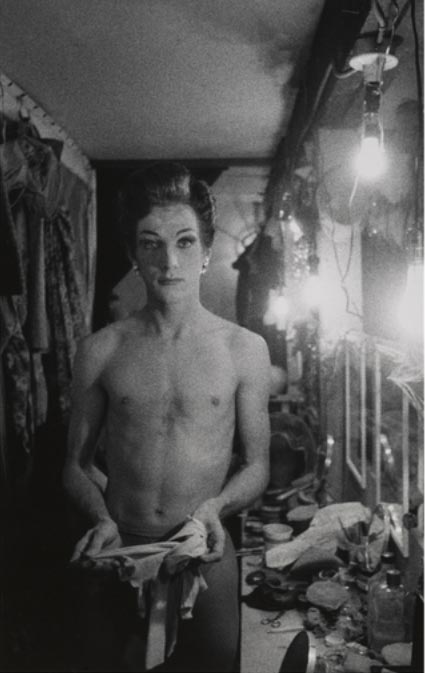
So she started to wander around New York with a huge camera on her neck and when she was ready she knocked on the door of one of the biggest photographers of the epoch – Lisette Model. The two became friends. It was Model to say a sentence that was fundamental for Diane and worked better than any other learning. “The more specific you are, the more universal you’ll be”.
Those are the years Diane became “Arbus”, the myth and the legend, as we said. The one that who was able to get where no one else has ever been before. The “photographs of the freaks”, as she is now recognized and that’s a definition that she considered unjust, since she saw no freaks in her photographs, but herself. Even about the triplets photographed in New Jersey in 1966, she said, “they remind me of myself.”
She moved in a small house in Charles Street (that is for sale today to a record of twelve million of dollars and the first characteristic on the announcement is that she lived there), after getting her little daughter to bed, she ventured alone in the city nights accompanied by his inseparable camera. She walked around Times Square, at the times a scenario of gangsters and prostitutes, till the first rays of light. Sometimes she went up to the unfamous Lower East Side, returned in the lodge of the West Village, and, as if nothing had happened, came home to make eggs for the girls. She constantly works with two Mamiya cameras, flashes, sometimes a Rollei, a tripod, each type of lenses she had, a light meter and lots of packages with film. The Rolleifles was the camera she used the most. It was a relatively small and compact camera with the viewfinder placed on top of it. The image that Diane perceived at the time of shooting was reversed but the fact of not having filters between herself and the subject and not having to hide her face gave her the advantage of being able to communicate with them. “I don’t press the shutter”, she wrote in a letter in 1960. “The image does. And it’s like being gently clobbered.”

In a rare video interview, one year after Diane’s death, Doon Arbus has defined better than anyone what was the photography for his mother. “For her, the photography was a secret. I mean, not the process or the fact that she was a photographer, because she loved to tell us what she did, where she had gone, who photographed. But something about what was happening during her shootings, that was a secret. It has something to do with the way she grow up. In her family there was a great sense of what was or was not prohibited, and photograph for her was a way to break those prohibitions”.
In the afterword to “Revelations”, the immense catalog that Random House printed in 2003 in support of an exhibition organized in collaboration with the San Francisco MoMa, Doon wrote that the photographs of his mother “are eloquent enough not to require explanations, instructions, books on how to interpret or biographies to support them.” In the 60’s the kind of photography that Diane Arbus invented, and that today could be defined between the intimate and the introspective, wasn’t popular as today. There was the photojournalism and fashion photography, or in generale an advertising’s style of photos. That kind of portraits were just for commission. At her first exhibition at the MoMa in 1965, Yeu-bun Yee, a young librarian of the museum, was commissioned to clean every morning the glass surfaces of her photographs, daily covered of spitting.
She committed suicide in July 1971. Before her death, she wrote a note to her friend and teacher Lisette Model. It’s a postcard that was put in the mailbox and there was written simply “be happy”.
“A photograph is a secret about a secret. The more it tells you the less you know.” she wrote on her diary and that’s why the secret of her art cannot be understood at all. One of Diane close friend, Pati Hill, once complained with her. “I’ve always said everything about me and you’re still full of secrets.” she said. “I need my secrets,” Diane replied. And forty-five years after her death, and after hundreds of published photos, she is still full of secrets. Perhaps her most successful masterpiece is that.
Text: Maurizio Fiorino
Translation: Irene Belous

The first biography of Arbus went out years ago and was published in Italy by Feltrinelli. Patricia Bosworth, the journalist that wrote it and did a scrupulous job interviewing everybody connected to Arbus, was accused by the daughters of having given too much importance to private facts of the photographer’s life and not talking about the pictures, that made this book more of a gossip publication rather than a real biography.
A new biography just came out written by Arthur Lubow, journalist for the New York Times Magazine, The New Yorker and Vanity Fair. The ten years of work titled simply “Diane Arbus – Portrait of a photographer” is a 750 pages where the existence of the photographer is sectioned from year to year and comes out to be the portrait of a complicated woman who probably will never be understood completely.
Since childhood Diane Nemerov appears restless. The second of three children, daughter of jewish parents from the classical American middle-upper class – her family was the owner of large stores Russek’s, a sort of shopping center famous for his furs and leather gloves – Diane had a childhood that was similar to all the rich girls of the time. Lived in the apartments at Park Avenue and Central Park West, with a personal nanny, butlers, luxury.

At the age of 13 Diane fell in love with a Russek’s young employee, 18 years old. His name was Allan Arbus, who had a dream to become an actor, but shared the interest of his young wife – photography. After taking part in the war in Myanman he acquired a considerable experience as an army photographer, Allan back to New York and together with the young wife decided to open a photo studio. Him behind the camera, her as stylist.
They worked in fashion photography for various magazines, but at the end of 50’s something went wrong. Allan wanted to break into Hollywood while Diane was overwhelmed. “I hate the fashion photography because the clothes do not belong to the people who wear them. When the outfit belongs to someone it takes the characteristics and defects of the person, and that’s perfect,” she noted in his diary.

Her approach to the subject was delicate, as Lubow explains. Some of them were interviewed in new biography. Diane gave attention to her subjects – the attention that they not received by anyone, and so many of them were very flattered. She discovered them on the street or at the train stations. After she met them, she needed months, sometime years, before she took her first picture. Giants, dwarfs, transvestites – they all became part of her family. Diane listened to their stories, she wanted to know everything before to take the first picture. She defined freaks aristocrats, because, she wrote in a note, they were “born with their trauma. They’ve already passed their test in life.”
What happened during all her photo sessions is unknown, and remains the secret of Arbus that everybody wants to investigate and that the daughters jealously maintain. It is well known that Diane liked to seduce her subjects. The giant tells that he was proposed with a lot of boldness, and he thought that it was strange – he was 3 times bigger than her. She also had regular lovers. She had a close relationship with her brother, the famous poet Howard Nemerov, for her entire life. They slept together until a few weeks before her death. Not only she has photographed orges, but was a part of it. She had a sexual relationship with Gay Talese and the writer of the beat generation, Norman Mailer, after posing for her, was so upset that he said “giving a camera to Diane Arbus is like a giving a hand grenade to a baby.”





